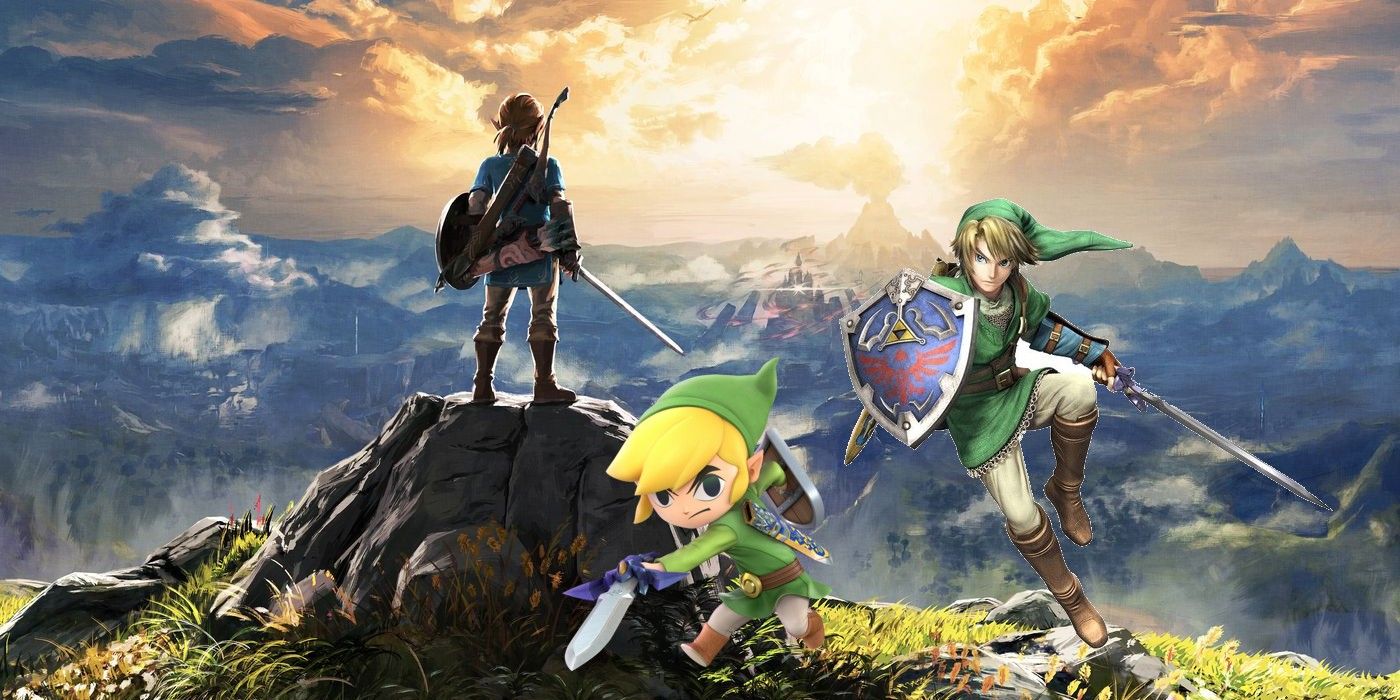
The more incarnations of The Legend of Zelda Nintendo has created, the hotter debate surrounding the timeline has become. In 2011, that debate was finally laid to rest thanks to the 'Hyrule Historia', a book laying out the official order in which Link & Zelda's adventures were meant to be arranged.
RELATED: Breath Of The Wild: Everything You Can Make With Hot-Footed Frog (& Where To Find It)
There's still plenty of debate to be had for the best entry point into the franchise, however, with so many different Zelda games to choose from. Even so, for players who love to play a franchise by following its overarching plot, the timeline placement is clear – for the most part. Here is the official chronological order of every Legend of Zelda title to date.
Updated on March 20, 2021, by Renan Fontes: Breath of the Wild undeniably changed timeline discourse for The Legend of Zelda, something only compounded by Age of Calamity's launch in late 2020. With Breath of the Wild 2 set to release for Nintendo Switch, the franchise's timeline is bound to only get more complicated as the series firmly sets itself in the same branch for the third game in the row. The Legend of Zelda's timeline may be hard to follow from an outsider's perspective, but the games and Hyrule Historia make it clear where exactly each title falls (and why).
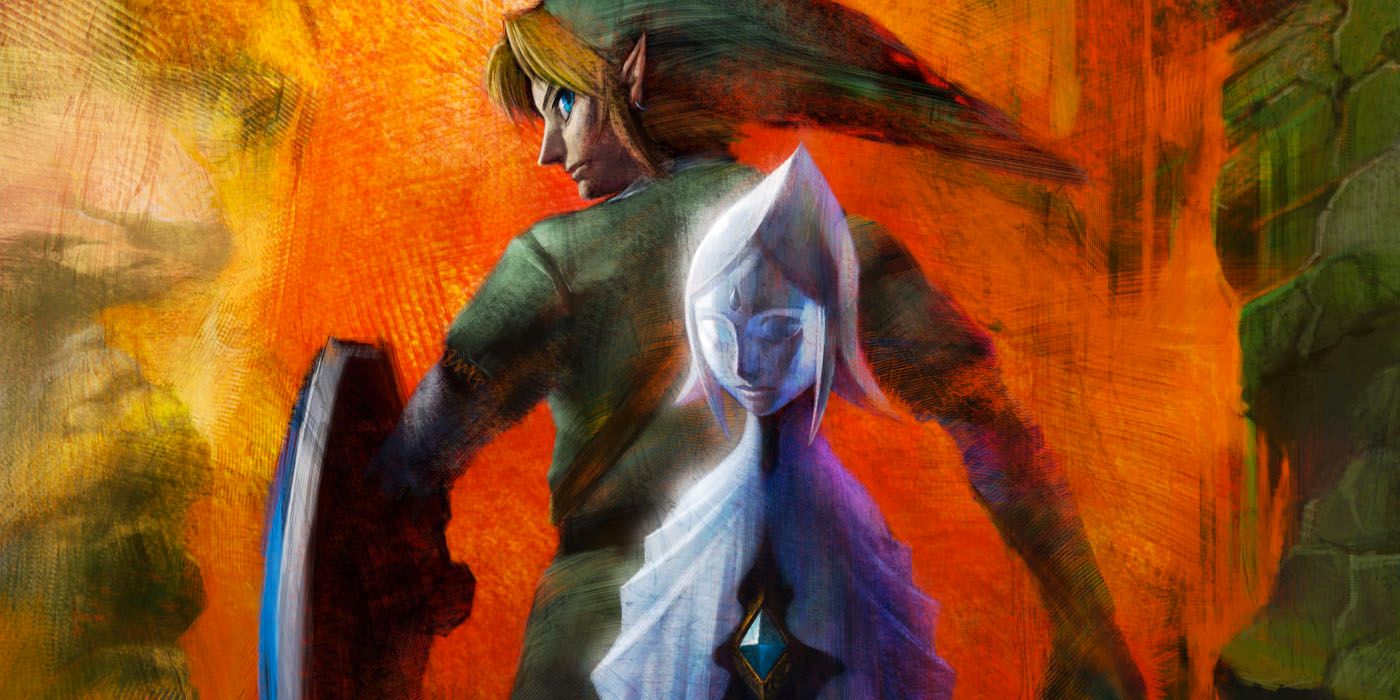
The franchise begins before the Kingdom of Hyrule is founded or the Master Sword is even created. In Skyward Sword, Link hails from the flying island town of Skyloft where he's a knight in training and childhood best friends with Zelda. His adventure begins when Zelda is spirited away to the Surface by mysterious forces, compelling him to explore the unknown world below.
Skyward Sword was famous for its extensive use of motion controls and the chance to explore the sky world with a flying mount. The story's events set the stage for generations of battle over the Triforce, while contextualizing the cycle that keeps Link, Zelda, and Ganon together along with the history of the Master Sword.
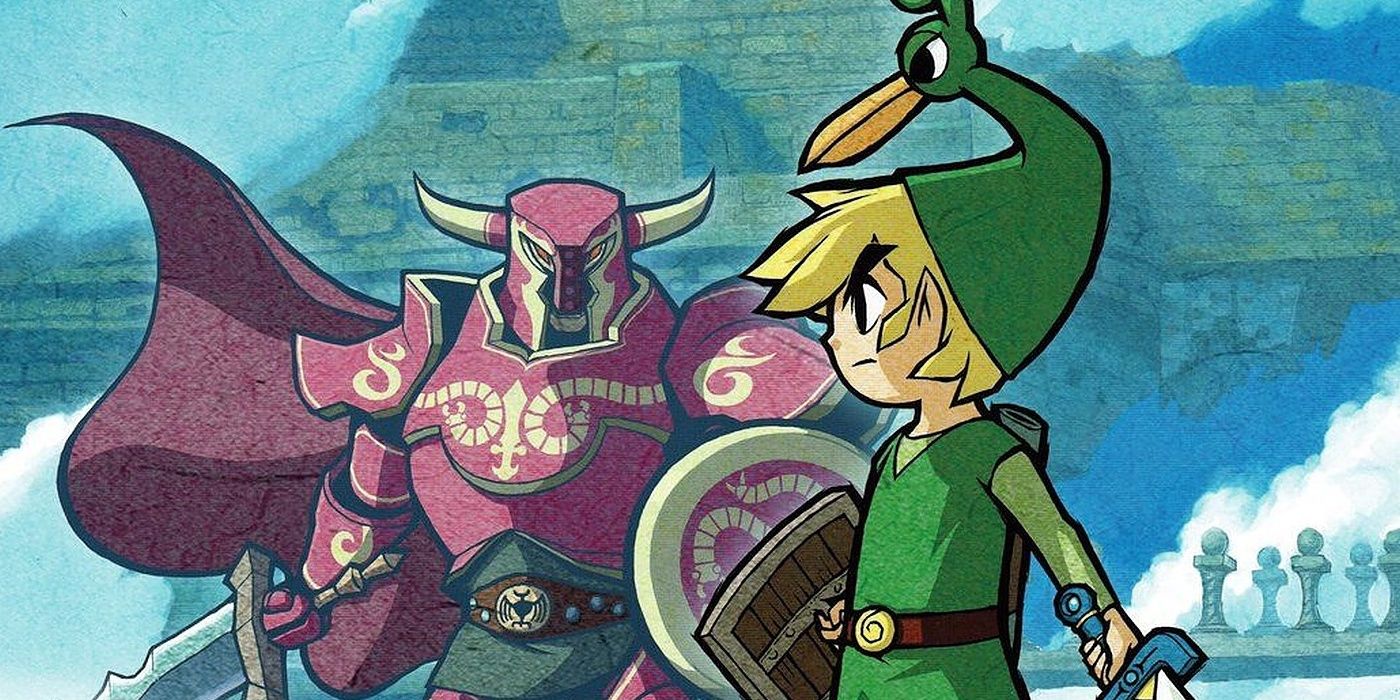
The Minish Cap is the first game in the timeline to take place in Hyrule, and was the closest thing to an origin story for Link's cap before Skyward Sword was released. The title refers both to a diminutive people called the Minish, as well as a particular Minish named Ezlo. After being turned into a bird-like cap by the treacherous Vaati, Ezlo teams up with Link to save Hyrule.
The Minish Cap also marks the first chronological appearance of the recurring Four Sword, describing its creation and role in the first battle against Vaati. Notably, The Minish Cap also features a power called the "Light Force" which takes the Triforce's functional role in the story. Whether or not the two forces are directly related has yet to be confirmed.
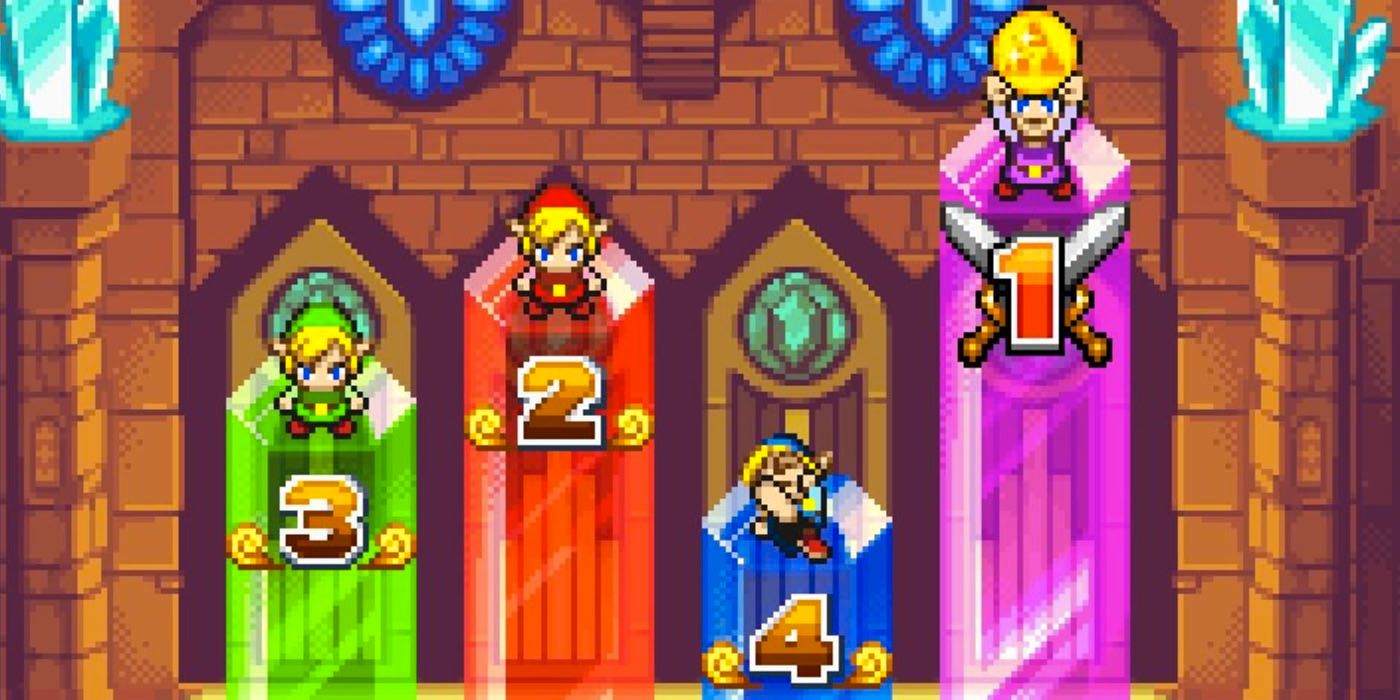
The now-monstrous Vaati returns for the next game in the timeline. Four Swords places emphasis on the Four Sword itself and was the first game in the series to introduce the blade. In fact, Four Swords was the first multiplayer Legend of Zelda entry and required two to four players to complete. Four Swords was later released as a free single player title on the DSi and 3DS, albeit only temporarily.
Narratively, Four Swords contributes little to the Zelda timeline other than introducing the Four Sword itself as a concept. At this point in the timeline, Vaati is a beast who's lost most sense of self and the game itself spends next to no time on cutscenes – focusing on randomly generated dungeons instead. In the end, Vaati is sealed away and Zelda is rescued by (the) Link(s).
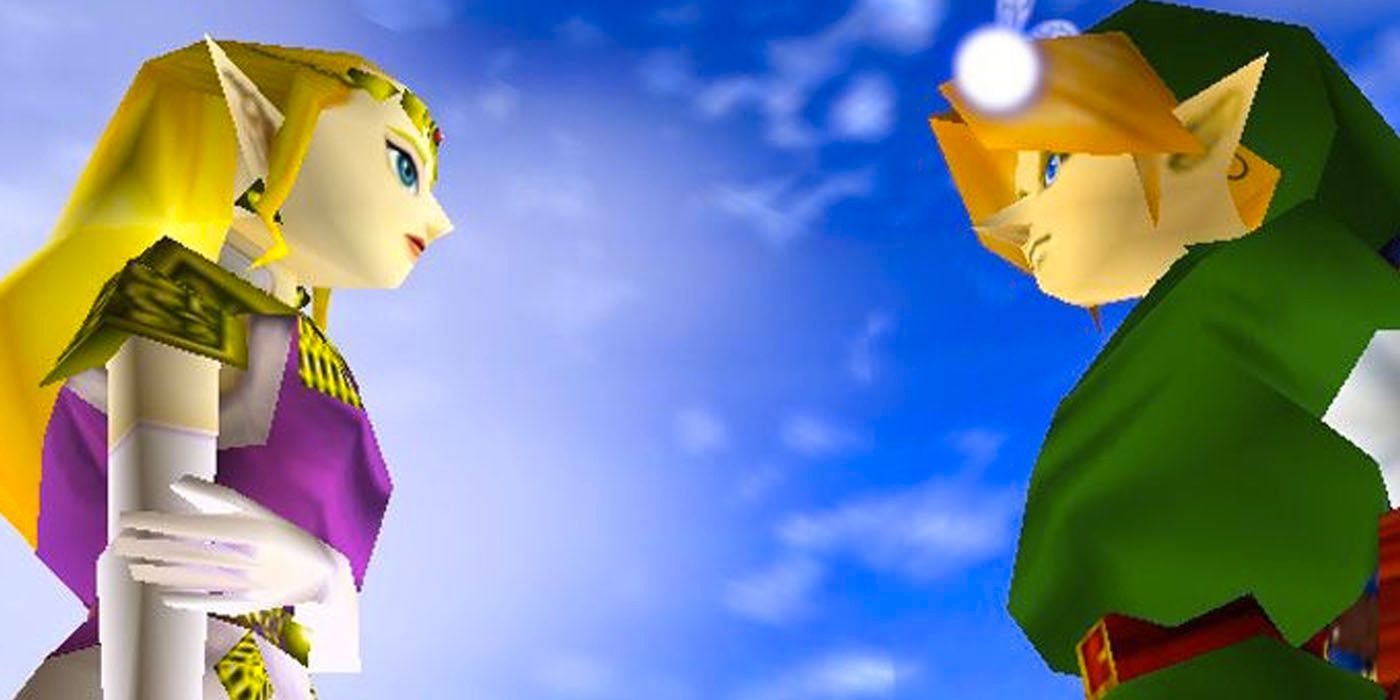
Arguably the most famous entry in the series, Ocarina of Time holds a very important place in the timeline. The story focuses on seven years of the Hero of Time's life as his childhood is uprooted and destiny forces him to confront Ganondorf long before he's ready. Ocarina of Time is a tragedy at its core, allowing Link & Zelda to fail come the halfway point while turning Hyrule into an apocalypse.
RELATED: The Legend of Zelda: Skyward Sword HD Motion Controls Are 'Smoother' and 'More Intuitive'
Time travel becomes pivotal in thwarting Ganondorf's conquest of Hyrule, as well as influencing the future of the Zelda timeline. At the end of Ocarina of Time, Princess Zelda divides the timeline by sending Link back to the past without compromising the future. OoT's end credits clarify that these past and future timelines can coexist, setting the stage for sequels that branch from Ocarina's ending.
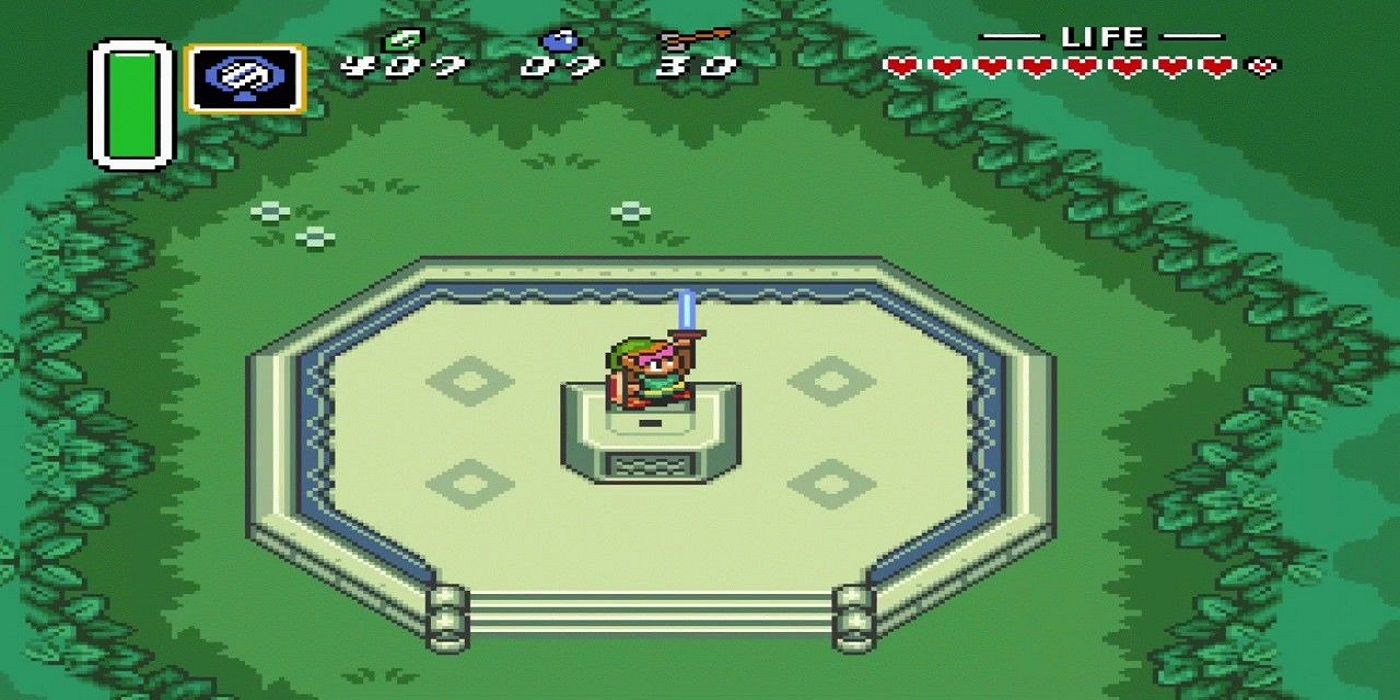
There's actually a third timeline that's not seen in Ocarina of Time, but has played a crucial role in recontextualizing the 2D games. As revealed by the 'Hyrule Historia,' there's an unseen timeline branching from Ocarina of Time where Link fails in stopping Ganon – directly leading into the Imprisoning War that's a part of ALttP's backstory.
A Link to the Past was notable for introducing the Master Sword into the franchise, establishing the formula for future games (in particular Ocarina of Time & Twilight Princess), and greatly expanding the series' lore. The NES games heavily feature Christian imagery, which A Link to the Past exchanges for Hyrule's polytheistic society while also establishing the kingdom's creation myth in the manual.

Link's Awakening is a direct sequel to A Link to the Past. After defeating Agahnim and Ganon, Link sets sail from Hyrule on a quest to train himself for future adventures. A storm destroys his ship on his way home, and he awakes on the mysterious Koholint Island. While everything seems business as usual at first, Link soon learns that his only way home is to wake the sleeping Wind Fish – in turn destroying Koholint in the process.
Link's Awakening notably included a quirky roster of enemies referencing enemies and creatures from other Nintendo titles, as well as its existentialist themes. Marin herself stands out as the first truly developed character in the series, her arc setting an important precedent for the likes of Zelda/Sheik in Ocarina of Time, Tetra in The Wind Waker, and future partners like Midna & Fi in general. Although narratively inconsequential, Link's Awakening is the game where Zelda started taking its stories seriously.
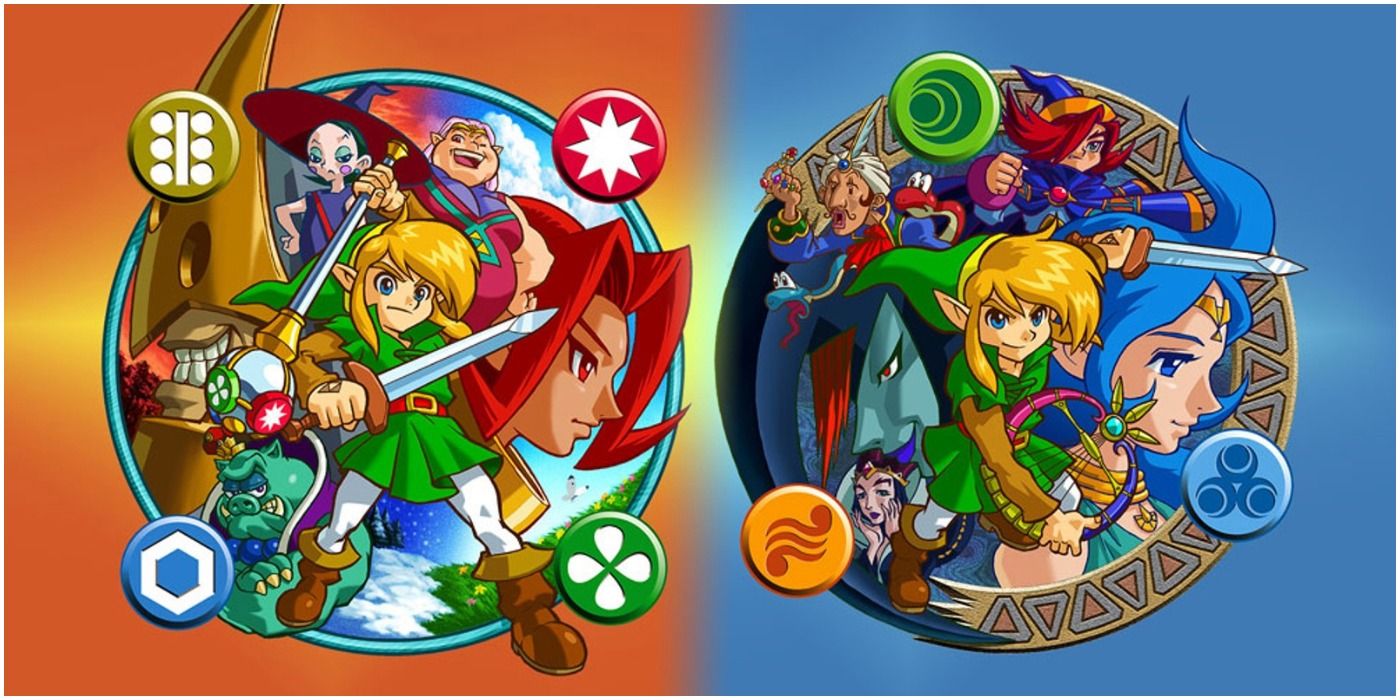
Oracle of Seasons and Oracle of Ages were released simultaneously at the end of the Game Boy Color's lifespan. Developed by Capcom, the Oracle duology originally began life as a remake of the original Zelda before striving for something for more ambitious altogether. The Oracle games are designed to be played back to back in either order, with players able to transfer their progress from Seasons into Ages and vice versa. Story events from the previous game are referenced, there's an extra dungeon, and you even get to inherit all your Rings.
Completing a fresh playthrough and linking it into its sister game triggers the Oracle Linked Game, a genuine video game epic that brings Twinrova into the mix, reintroduces Princess Zelda, and ends with a final battle against Ganon himself. While the Oracle games were originally meant to take place between A Link to the Past and Link's Awakening, they've since been moved to take place after LA (though narratively the intent was clearly to feature the same Link between ALttP, LA, and OoX).
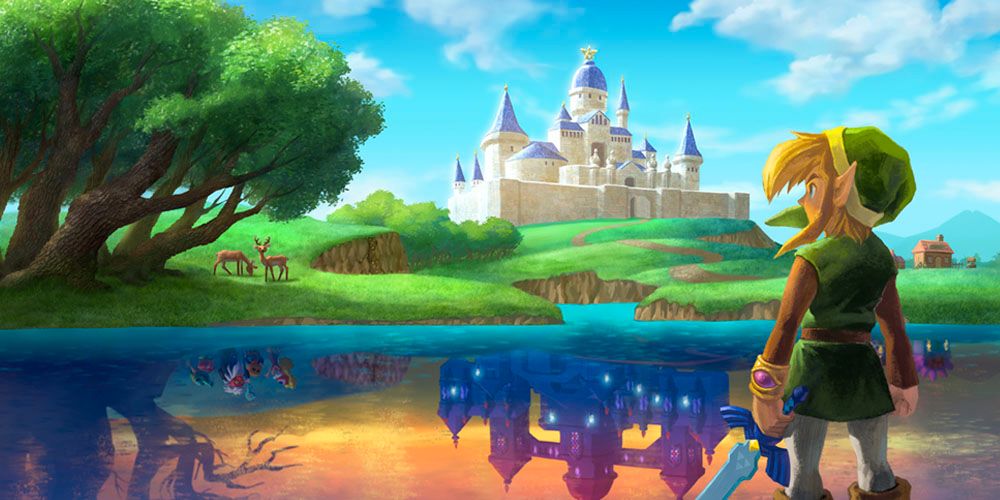
Developed as a spiritual successor to A Link to the Past, A Link Between Worlds takes place long enough its inspiration where the events of ALttP and Ocarina of Time have been misremembered as the same event in-universe. The Light and Dark World mechanic makes a return, albeit this time in the form of Lorule – a parallel world with its own history and Triforce.
A power-hungry wizard named Yuga serves as the initial antagonist, spurring Link on journey into Lorule after Yuga turns the Seven Sages into paintings, but not all is at it seems. A Link Between Worlds twists iconic Zelda imagery like the Triforce and the very nature of the main characters to tell a story that reflects on the franchise's lore with a mature amount of tact.
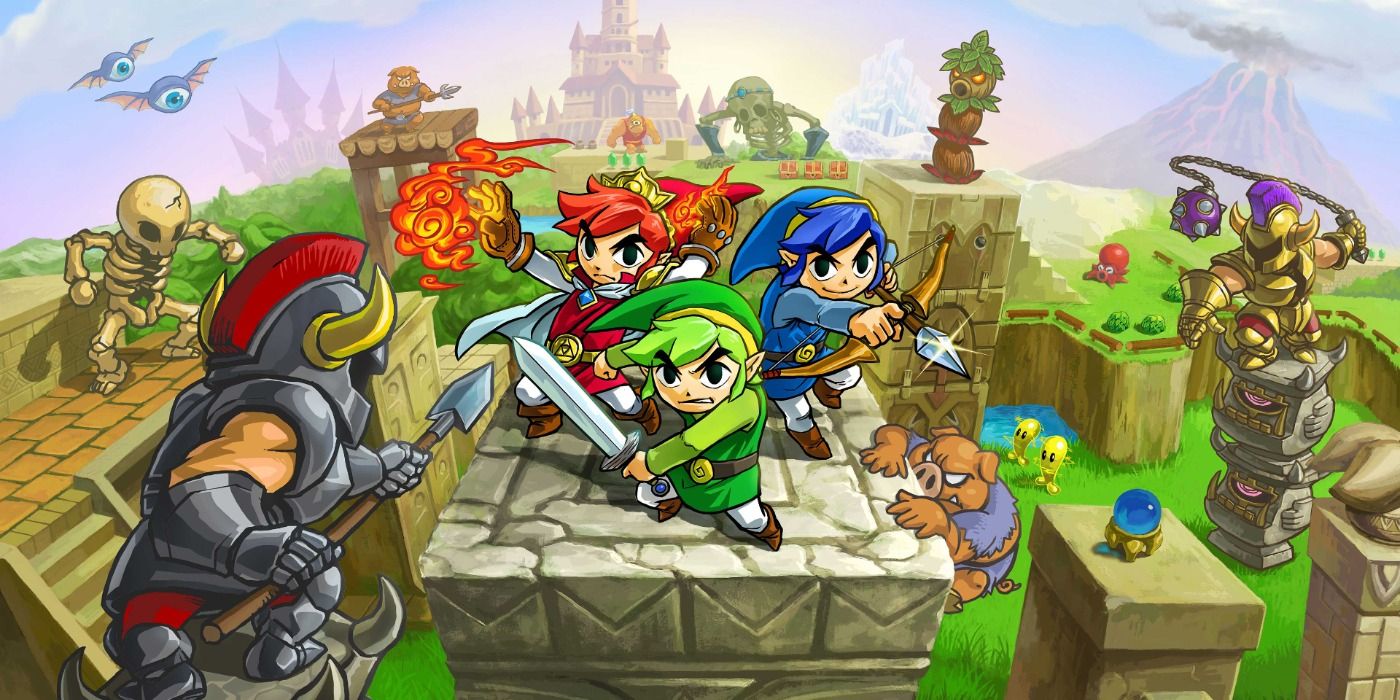
Taking place a few years after the events of A Link Between Worlds, Link travels the world and eventually stumbles upon the Kingdom of Hytopia. The kingdom's princess, Styla, has been trapped by the witch Lady Maud in a hideous jumpsuit – flying in the face of Hytopia's passion for fashion. Like the Four Swords games, Tri Force Heroes was designed with multiplayer in mind, but actually features a proper single player campaign for a change.
Narratively, the only real connective tissue between A Link Between Worlds and Triforce Heroes is a throwaway NPC who recognizes Link from the former game. It's also worth pointing out that the other "Links" players interact with are just similar looking heroes.

The franchise's namesake and start of the series actually takes place late in the Fallen Hero timeline. Hyrule falls into decline after a Golden Age brought on by the rediscovery of the Triforce in A Link Between Worlds. Ganon returns and tries to conquer Hyrule in pursuit of the Triforce of Wisdom, but Zelda shatters it into eight pieces which she scatters them across the kingdom.
According to the manual, Link runs into Impa being attacked by Moblins and – after rescuing her – feels a burning sense of justice upon hearing Zelda's plight. Hyrule as depicted is a wasteland compared to other games and there's a deep sense that Ganon is on the cusp of victory. While the original Zelda features little in the way of actual plot, its tone and backstory set the stage for the rest of the franchise.
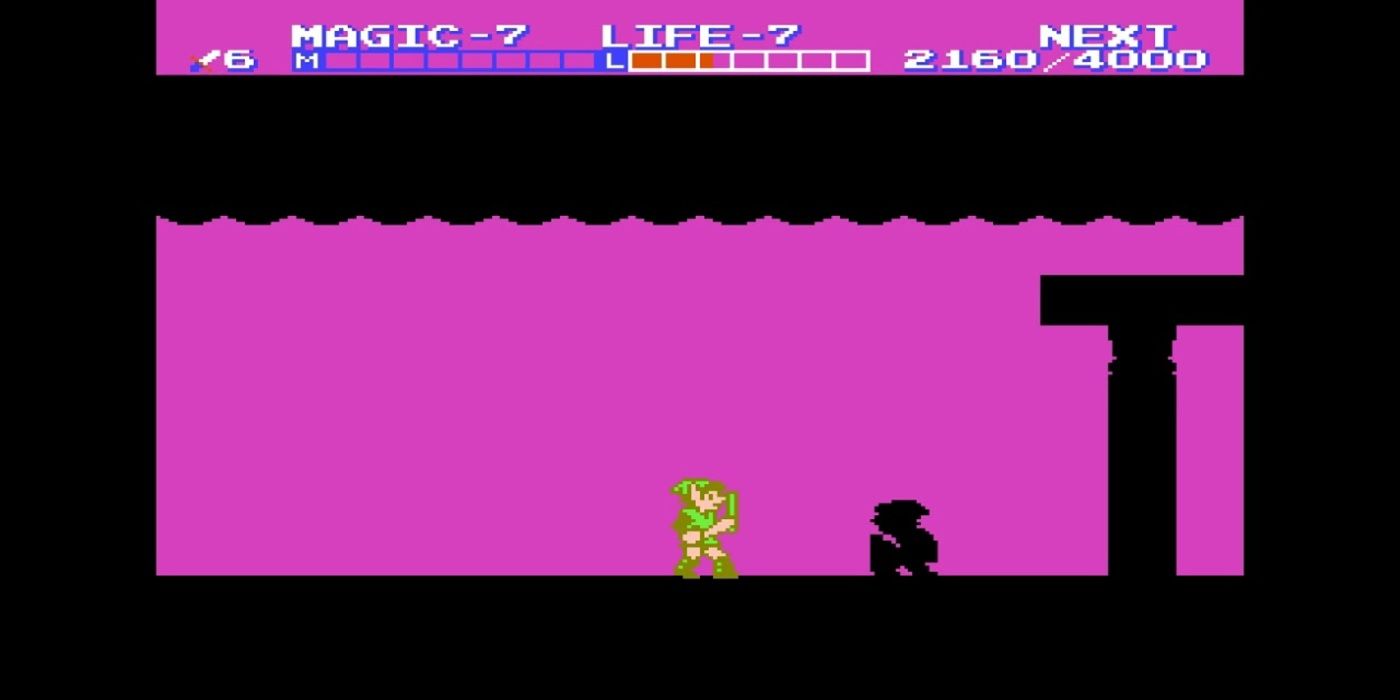
Roughly three years after The Legend of Zelda, Ganon's minions plot to bring their master back to life through a blood sacrifice – Link's. Meanwhile, the image of the Triforce appears on the back of Link's hand and he learns that he must now find the lost Triforce of Courage to wake Princess Zelda I, who has been trapped in a magical sleep for years.
The Adventure of Link is considerably darker than its predecessor in concept alone. Link's life is in constant danger, Princess Zelda is locked in a near-unbreakable coma, and Ganon's minions have a genuine bloodlust. While also light on story, Zelda II brings in a considerable amount of worldbuilding through the introduction of townships (the namesakes for Ocarina of Time's supporting cast) and ancient temples that test Link's worth.
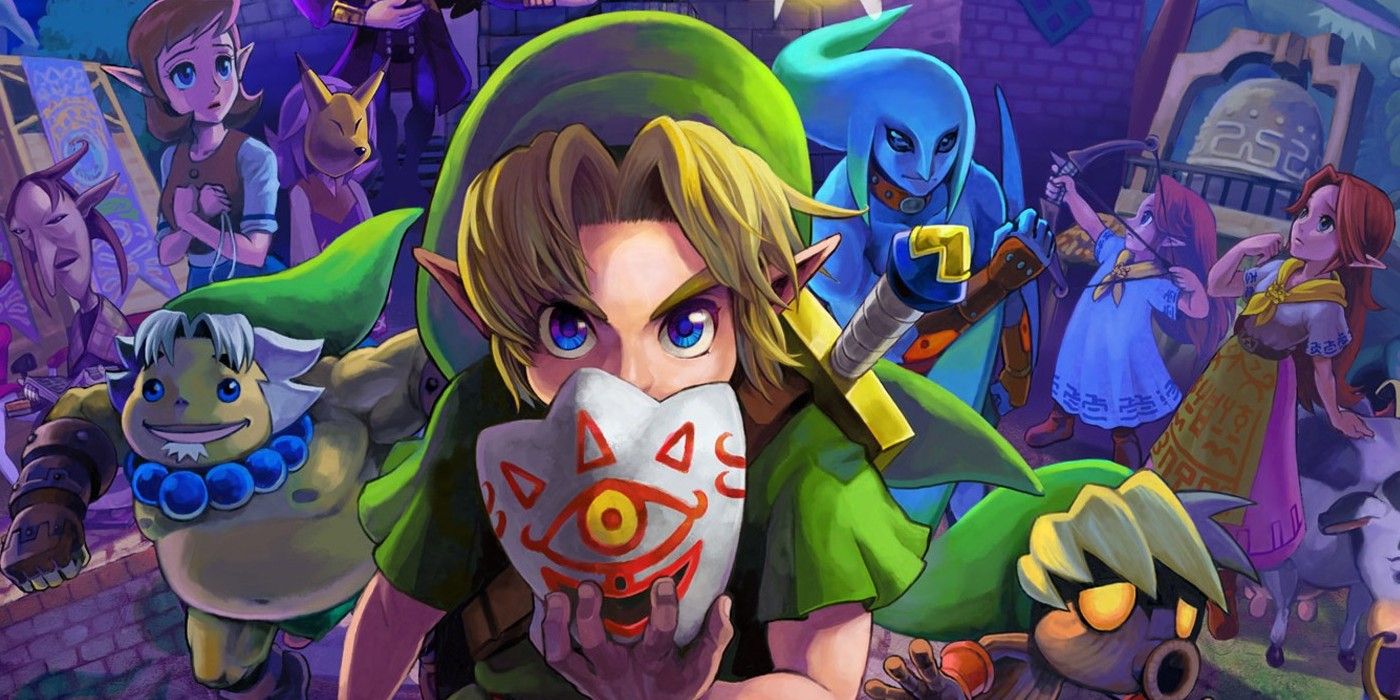
Ocarina of Time ends with Link returning to the past, which the 'Hyrule Historia' ultimately labels as the Child Timeline. Set around a year later, Majora's Mask is a direct sequel to Ocarina of Time where Link accidentally finds himself in the world of Termina while searching for Navi. Like Link's Awakening, Majora's Mask's story is defined by its themes – in this case, identity and accepting loss.
RELATED: 10 Nintendo Switch Games To Play While Waiting For The Legend Of Zelda: Skyward Sword HD
The Ocarina makes a return from OoT, alongside new mechanics involving magical masks, both of which Link must use to prevent Skull Kid from destroying Termina in three days' time. Majora's Mask is a deeply grim game that doesn't shy away from the inevitably of death while ultimately reminding audiences that the people you love still care about you even if they need to leave.
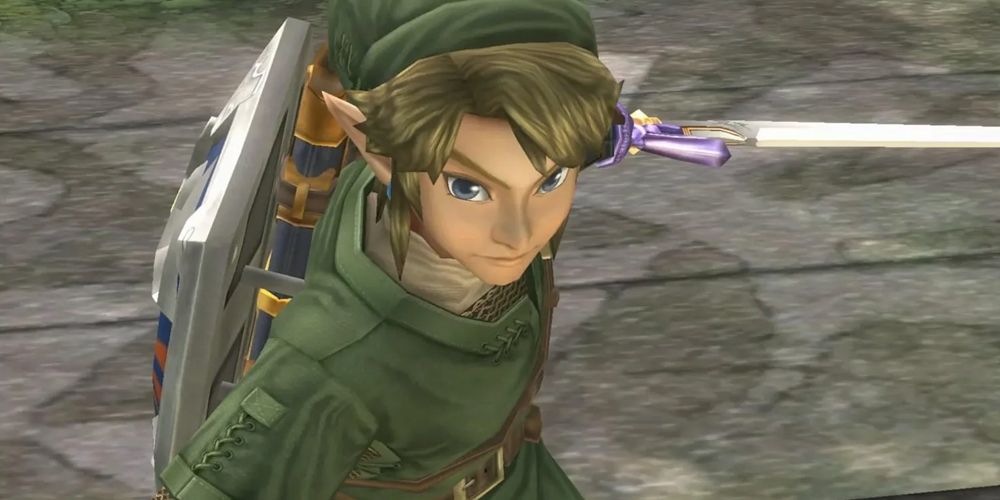
The Child Timeline's darker themes persist from Majora's Mask into Twilight Princess, the next immediate game in the timeline. Presumably set centuries after Ocarina of Time, a new incarnation of Link faces the consequences of Ganondorf's banishment the Hero of Time returned from the future. Ganondorf is set to be executed, but the Triforce of Power manifests itself just in time and Ganon is able to find sanctuary in the Twilight Realm.
With the help of the disgraced Twilight Princess, fan favorite Midna, Link embarks on a Hero's Journey that has him saving Hyrule piece by piece and slowly inspiring Midna to be a better person. Twilight Princess also doesn't get enough credit for it twists Zelda's narrative conventions, resigning Zelda to a side role in favor of Midna and fleshing out a God/Servant relationship between Zant & Ganondorf that makes the latter's eventual demise all the more powerful.
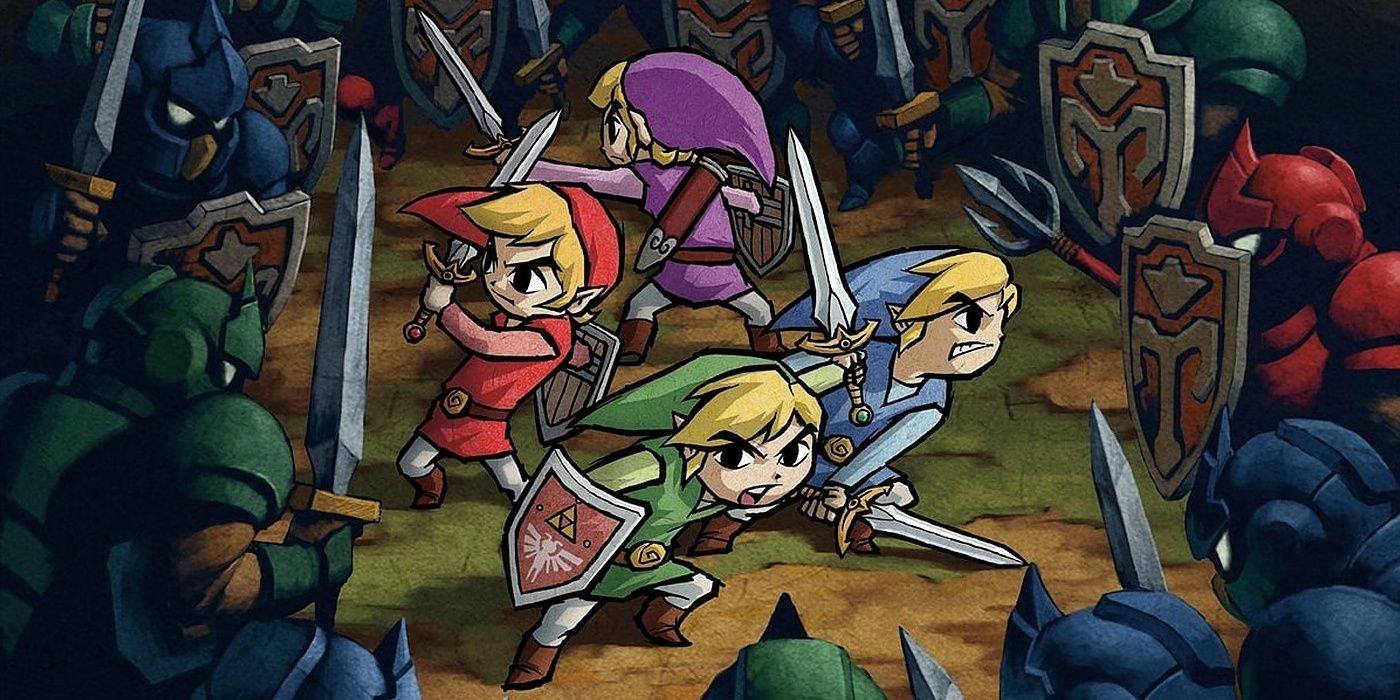
Four Swords Adventures is the last game in the Child Timeline and sees Ganondorf & Vaati finally crossing paths. Although Vaati is presented as FSA's main antagonist initially, it is slowly revealed that he is merely a tool of Ganondorf. Centuries after the end of Twilight Princess, Ganondorf is reincarnated into a new being and exploits Vaati in his quest for power.
Four Swords Adventures combines the multiplayer gameplay of the Four Sword with the dimensional travel of A Link To The Past, along with generally featuring more story beats. As the last game in the Child Timeline, Four Swords Adventures marks Vaati's final defeat and Ganondorf II's sole appearance in the franchise.
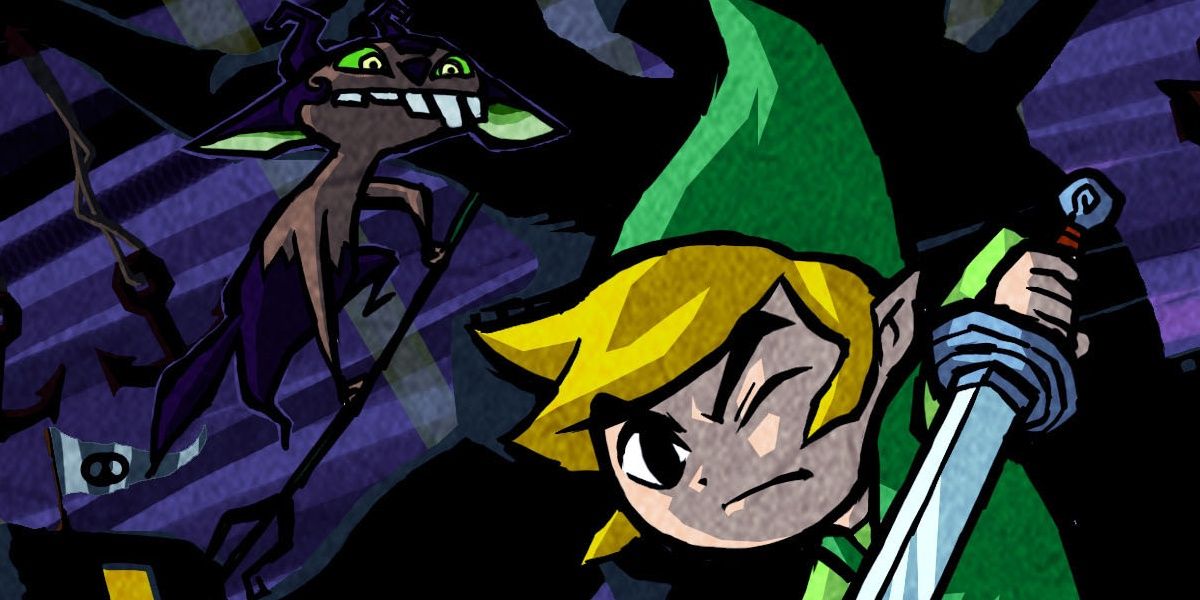
After sending Link back to his past, Princess Zelda remains in the present which 'Hyrule Historia' deems the Adult Timeline. Unfortunately, Zelda's intended act of kindness has unforeseen consequences. The next time Ganon is revived, there's no Spirit of the Hero around to stop him. In turn, the people pray to the Gods who ultimately choose to flood all of Hyrule instead of letting Ganon conquer the kingdom.
The flood sets the stage for The Wind Waker, where centuries later the world is covered in water and only referred to as The Great Sea. Link is notably not a reincarnation of the Hero of Time, but a boy who just wants to rescue his sister. While the first game in the Adult Timeline, The Wind Waker feels like a grand finale for the whole series – washing away Hyrule, the Triforce, and the Master Sword in order to pave the way towards a new future.
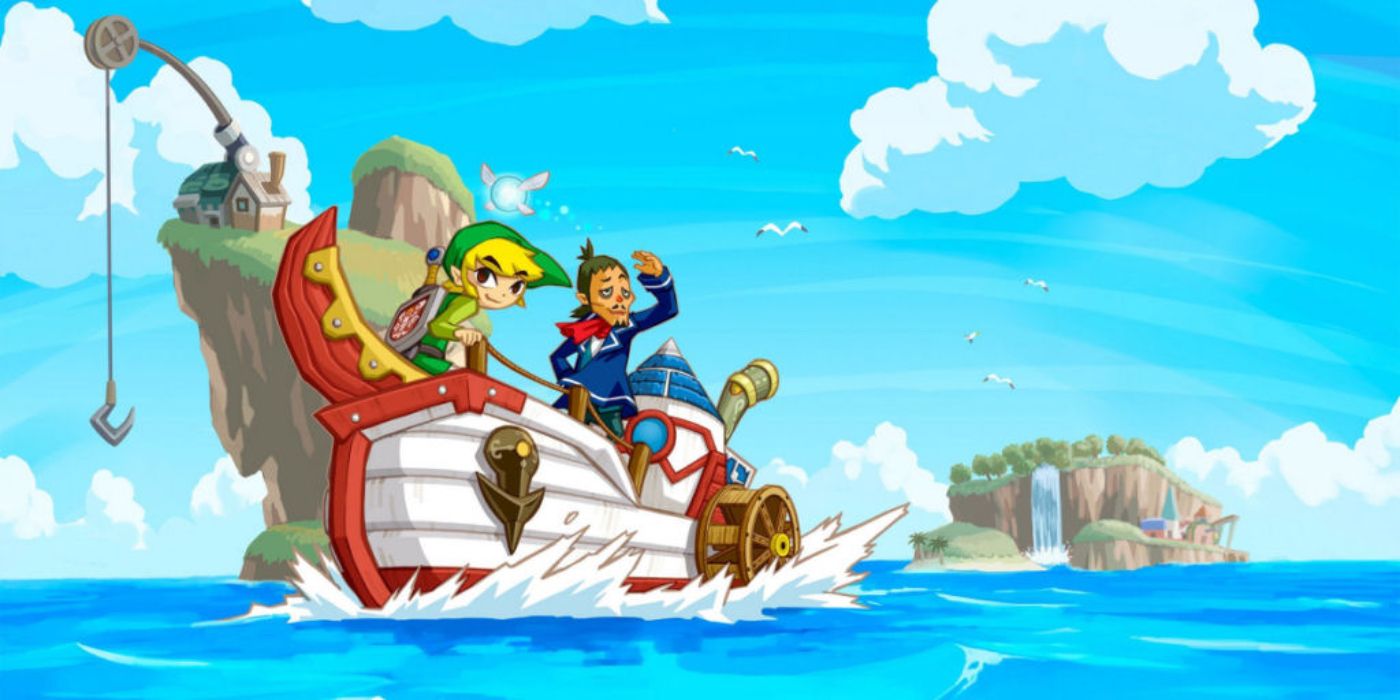
Set immediately after the events of The Wind Waker, the Phantom Hourglass sees Link traveling the Great Sea with pirate/princess Tetra in order to found a new Hyrule. Phantom Hourglass takes cues from Link's Awakening, setting itself in a parallel dimension Link becomes disconnected from by the end of the story. Similarly, the focus is less on the plot itself and more on the general atmosphere of this alien world. Phantom Hourglass ultimately amounts to little narratively, but it does at least set up the events of Spirit Tracks.
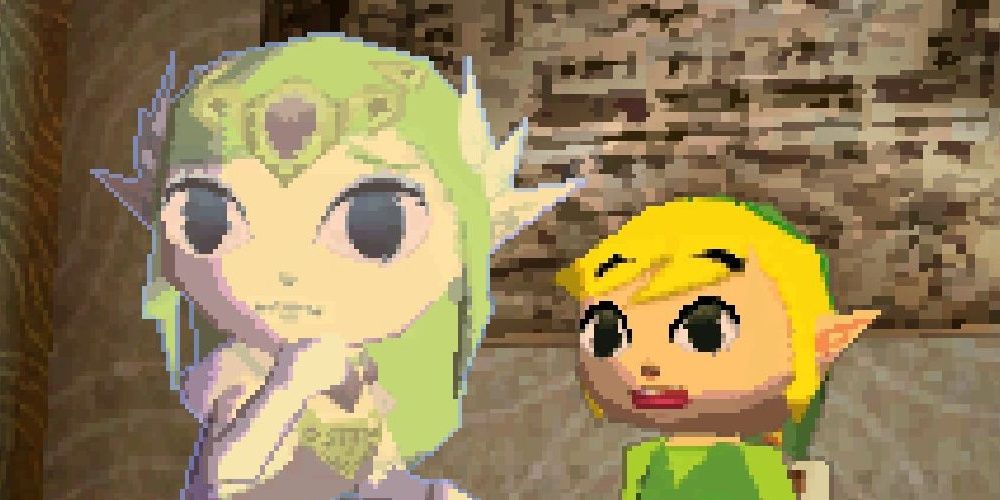
Link and Tetra succeed in hitting land after the events of Phantom Hourglass, founding the kingdom of New Hyrule in the process. 100 years after Phantom Hourglass, Spirit Tracks deals with New Hyrule's ancient history from before it was settled. New Hyrule is thrown into turmoil when Chancellor Cole – one of Zelda's retainers – betrays her in order to revive the demon Malladus. Zelda loses her life in the process, but she ends up accompanying Link for the rest of the game as a result.
Spirit Tracks is one of the most unique entries in the series, lending The Legend of Zelda its first taste of an industrial age. Story-wise, Spirit Tracks makes it clear that New Hyrule isn't just a repeat of its namesake, the backstory behind the Lokomo, Tower of Spirits, and Spirit Flute all giving the plot a unique flavor. More importantly, Link and Zelda's relationship is arguably the most developed it's ever been.
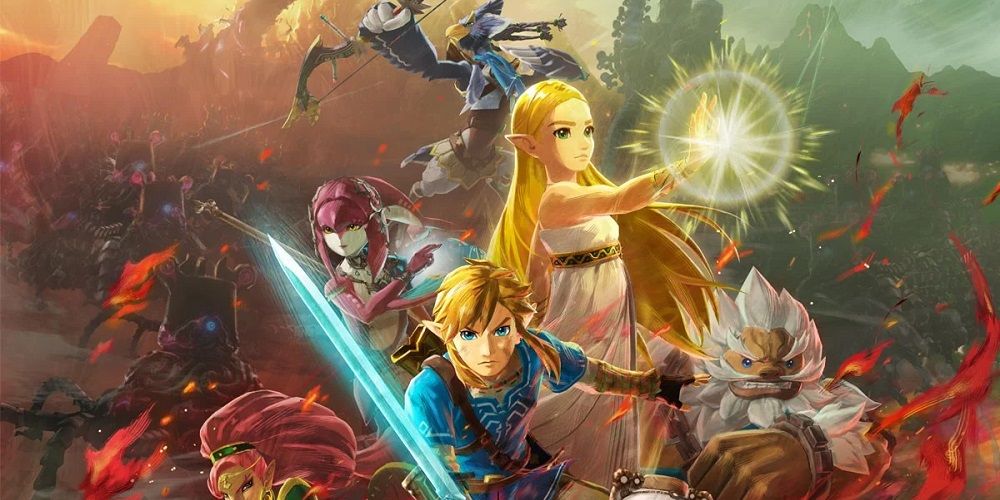
Although not developed directly by Nintendo, Age of Calamity story was written with the intent of connecting to Breath of the Wild. Age of Calamity was originally marketed as a prequel detailing the events of Breath of the Wild's backstory 100 years prior, but the story proper actually functions as something of a stealth sequel.
Age of Calamity makes notable use of time travel to simultaneously take place before and after the events of Breath of the Wild. This does unfortunately mean the exact events of Age of Calamity are non-canon to Breath of the Wild, but only in the sense that AoC is triggered by BotW happening to begin with. Chronologically, Age of Calamity does take place a century before BotW while highlighting Hyrule before the Calamity, but the game is only a prequel in the loosest sense of the word.
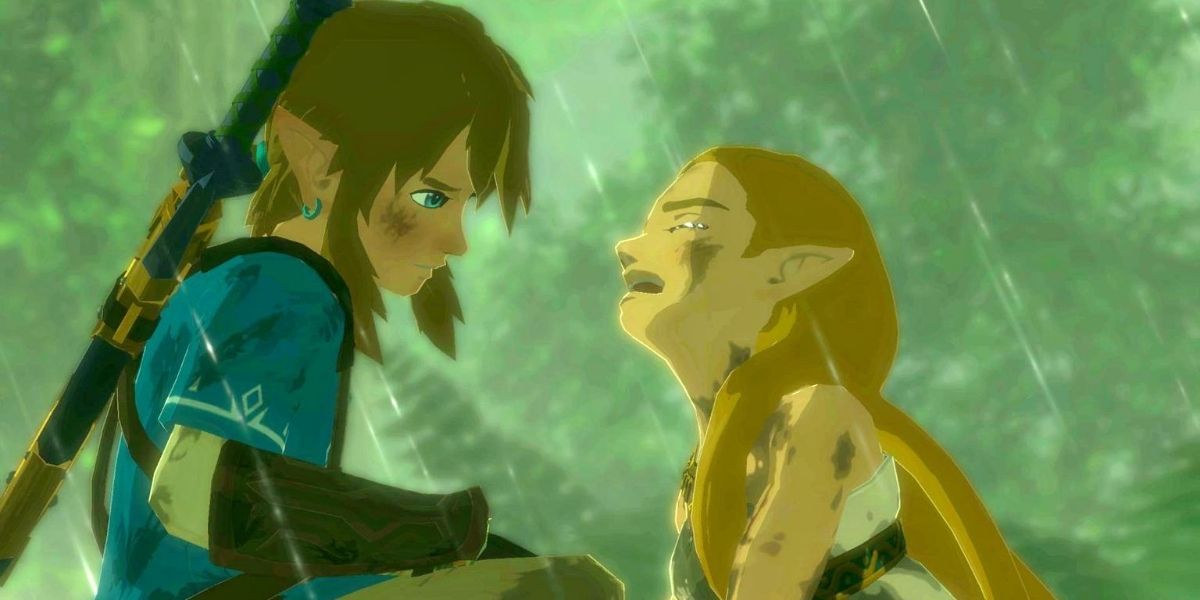
Breath of the Wild and its upcoming sequel are not officially attached to a particular timeline (yet). Instead, Nintendo has simply clarified that BotW takes place at the end of a branch without specifying which. Since the game takes place 10,000 years after Ganon's last appearance in a technologically advanced Hyrule, clues to the timeline are scarce – but not non-existent.
Breath of the Wild actually features the most references to the timeline than any other game in the series, directing referencing historical characters like Ruto and Nabooru (something very rarely done in the games). Ganon's potential resurrection in Breath of the Wild 2 could likewise illuminate where exactly BotW falls. While thematic and aesthetic details hints towards the Fallen Hero timeline, fans can only wait for the sequel and consider Breath of the Wild the distant end to the franchise until further confirmation.
The Legend of Zelda: Breath of the Wild 2 is in development for Switch.
Next: Breath Of The Wild: Where To Find Shock Arrows (& Everything You Need To Know About Them)

